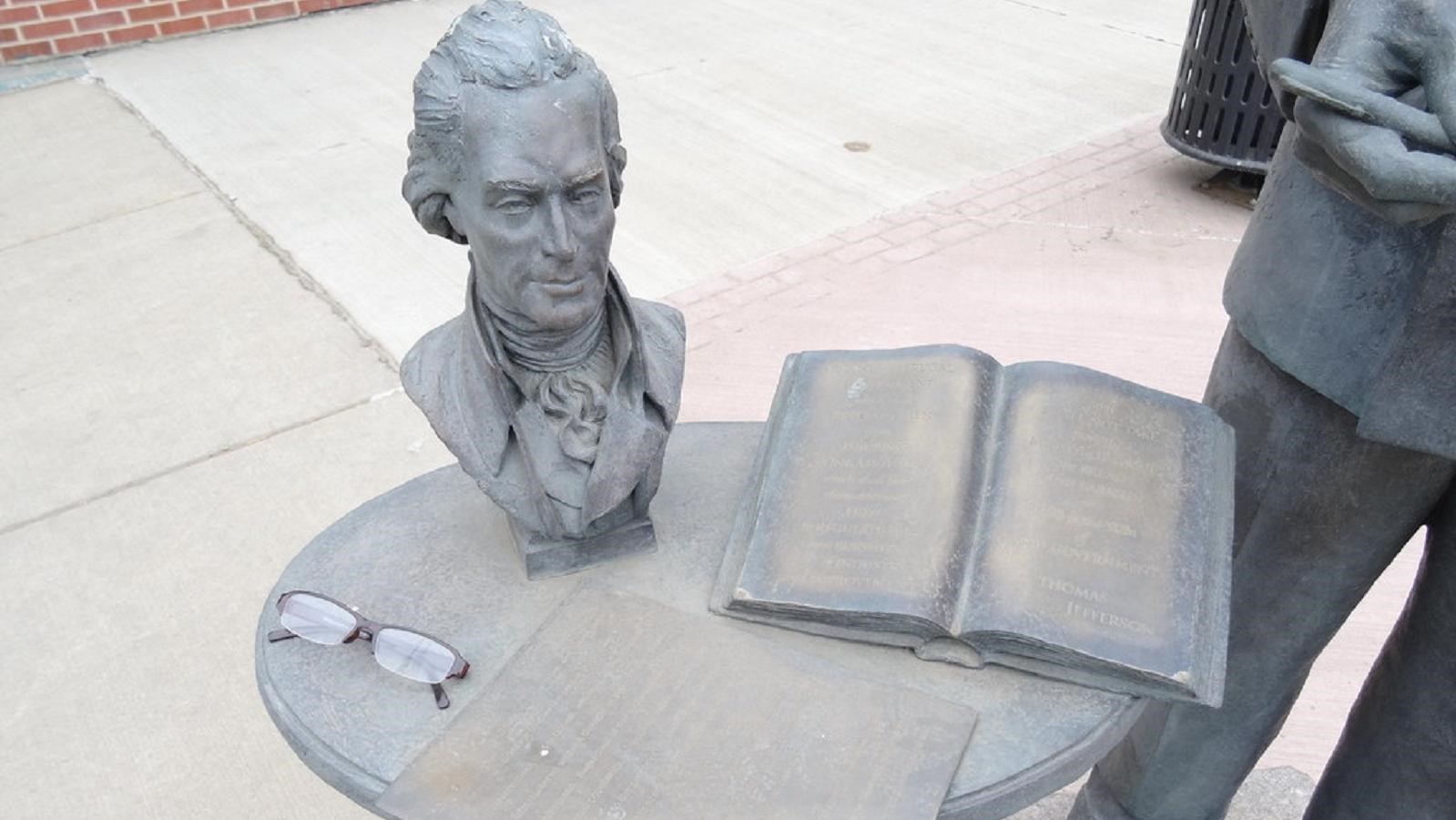Last updated: December 30, 2021
Place
Pierre, South Dakota

"Pierre, SD" by Jill_Ion is licensed under CC BY-NC-ND 2.0
ATM/Cash Machine, Beach/Water Access, Benches/Seating, Bicycle - Rack, Boat Ramp, Canoe/Kayak/Small Boat Launch, Cellular Signal, Food/Drink - Restaurant/Table Service, Fuel (Diesel), Fuel (Unleaded), Groceries/Convenience Items, Historical/Interpretive Information/Exhibits, Information, Information - Maps Available, Information - Ranger/Staff Member Present, Parking - Auto, Parking - Boat Trailer, Parking - Bus/RV, Permits Issued, Scenic View/Photo Spot, Trailhead, Trash/Litter Receptacles
Lewis and Clark NHT Visitor Centers and Museums
This map shows a range of features associated with the Lewis and Clark National Historic Trail, which commemorates the 1803-1806 Lewis and Clark Expedition. The trail spans a large portion of the North American continent, from the Ohio River in Pittsburgh, Pennsylvania, to the mouth of the Columbia River in Oregon and Washington. The trail is comprised of the historic route of the Lewis and Clark Expedition, an auto tour route, high potential historic sites (shown in black), visitor centers (shown in orange), and pivotal places (shown in green). These features can be selected on the map to reveal additional information. Also shown is a base map displaying state boundaries, cities, rivers, and highways. The map conveys how a significant area of the North American continent was traversed by the Lewis and Clark Expedition and indicates the many places where visitors can learn about their journey and experience the landscape through which they traveled.
Pierre, now the capital of the state of South Dakota, has significant connections to the Corps of Discovery. The expedition’s first introduction to the region was on the evening of Monday, September 24, 1804 when Lewis, Clark and their entourage of forty three men and three boats anchored across the river from Pierre, in what is now Fischers Lilly Park in Fort Pierre. On their return trip in 1806, Lewis and Clark returned to the area, this time camping on the Pierre side of the river, spending the night on LaFramboise Island, which they called Bad Humored Island as a reference to the difficulties they encountered with Blackfoot’s band of Sioux Indian.
Today, both of these sights, Fischers Lilly Park and LaFramboise Island, can be visited along with the thriving towns of Pierre and Fort Pierre, located on opposite sides of the Missouri river. The area is known for its political significance as capital of the state, high density of museums and historic sites, and its plethora of outdoor recreation activities including fishing and water sports on the Missouri river, sporting facilities such as golf and disc golf courses, and hunting and bird watching in the Fort Pierre National Grassland and surroundings. Discover your “adventure on the river” in Pierre!
